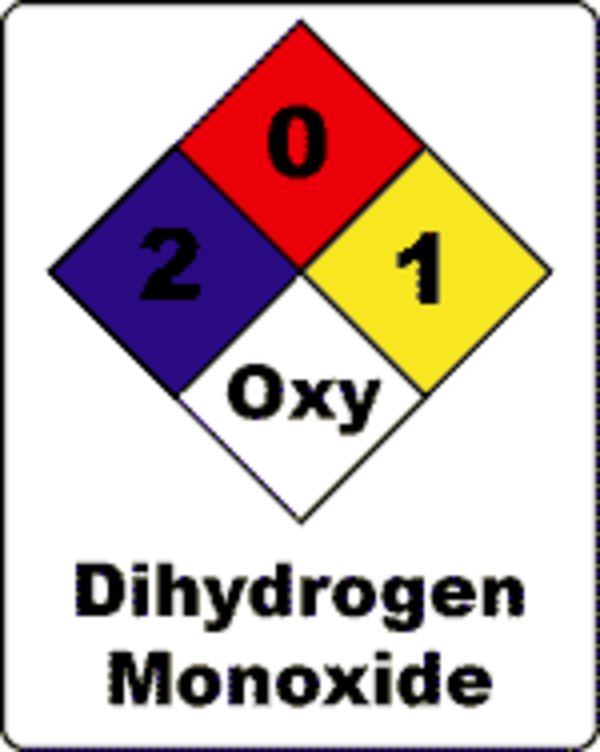That is why it is so desirable to commercial interests. It is expensive and that means that powerful people with money need to invest in it and manage it and sell the power it produces to consumers.
Solar power can be generated on an industrial level as well, but also on a private level. Someone with the largest legal amount of solar power generation on their roof can be almost self sufficient. Some businesses don’t like that idea.
Hit the nail on the head, solar is democratising
“Why did they only consider SMR?” is being asked by several people, so I’ll paste this here:
2.4.4 Perceived inconsistency between high nuclear SMR capital costs and low-cost nuclear electricity overseas
Based on information to date, current nuclear SMR capital costs are significantly higher than any other technology included in GenCost. This result appears out of step with overseas experience where some countries enjoy low cost nuclear generation. There are two reasons for this seemingly inconsistent result.
GenCost has been advised by stakeholders that small modular reactors are the appropriate size nuclear technology for Australia. Australia’s state electricity grids are relatively small compared to the rest of the world and planned maintenance or unplanned outages of large scale nuclear generation would create a large contingent event of a gigawatt or more that other plant would find challenging to address. In the present system, it would take two or more generation units to provide that role. As such, large-scale nuclear plants which are currently lower cost than nuclear SMR, may not be an option for Australia, unless rolled out as a fleet that supports each other - which represents a much larger investment proposition.
The second issue is that observations of low cost nuclear overseas may in some cases be referring to projects which were either originally funded by governments or whose capital costs have already been recovered. Either of these circumstances could mean that those existing nuclear plants are charging lower than the electricity price that would be required to recover the costs of new commercial nuclear deployment. Such prices will not be available to countries that do not have existing nuclear generation such as Australia.
In summary, given overseas nuclear electricity costs may be referring to technology that is not appropriate for Australia, or assets that are not seeking to recover costs equivalent to a commercial new-build nuclear plant, there may be no meaningful comparison that can be made to Australia’s circumstances which is the focus of GenCost.
Source: The actual report, section 2.4.4 . Thankyou @[email protected] for the reference.
This concocted nuclear energy debate, being pushed by the industry, is such a powerful reminder that while attitudes in aggregate can change across generations, the same propaganda previous generations fell for, future ones will also fall for.
This is analogous to ‘clean coal’. The whole campaign rests on these technical truths that are cynically used to make sweeping generalisations about an industry in order to shape the good faith arguments and policy recommendations against the industry as radical and over-reaching to the casual observer.
This is the best summary I could come up with:
The report says electricity generated by solar and on-shore wind projects is the cheapest for Australia, even when accounting for the costs of keeping the power grid reliable while they’re integrated into the system in greater proportions over time.
It estimates the changing costs of electricity produced by coal, gas, solar, wind, nuclear, bioenergy, hydrogen electrolysers, and storage such as pumped hydro and batteries.
CSIRO’s scientists say until recently, discussions about the potential cost of using nuclear energy in Australia have remained theoretical, with a lack of data from completed commercial projects hindering attempts to make worthwhile calculations.
This year’s draft GenCost report also provides more data on the estimated “integration costs” for variable renewable technologies.
It says most new-build technologies, like renewables, can enter an electricity system and provide reliable power by relying on existing capacity already deployed, but as their share increases, which forces the retirement of existing flexible capacity, the system will find it increasingly difficult to provide reliable power supply without additional investment.
"Mind you, the integrated system plan was released last week and it did emphasise that although it is likely to be a renewable future, we’ll still need gas as a supporting technology.
The original article contains 754 words, the summary contains 199 words. Saved 74%. I’m a bot and I’m open source!
Yes, only include a type of nuclear reactor that hasn’t ever been built, and don’t include any other nuclear plant in the study. While we’re at it, don’t include the costs of carbon sequestration with the coal and gas plants.
Oh look at that. The government will use this study to show they must build more gas plants.
The report explains why they didn’t look at large scale nuclear in section 2.4.4. You can download it here, but basically there are two reasons why the CSIRO and Australian Markey Energy Operator felt that large scale nuclear is not appropriate for comparison. Firstly the nature of our network precludes large scale nuclear - state networks are small compared to overseas networks, and if a single reactor powers a significant portion of a network’s base load then it’s difficult to shut it down for maintenance. Secondly costing reported by other jurisdictions may be inaccurate given government investment, and that capital may have already been recovered.
As regards sequestration I didn’t have a thorough look at the report but it does discuss carbon capture and storage. Charts list costs as “CCS”.
Nuclear is more expensive than renewables pretty much everywhere, and it’s getting more expensive while renewables get cheaper.
They actually forgot to include carbon cost of “classic” renewables. Not to mention choice of reactor is strange.







